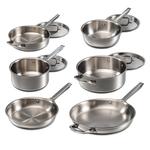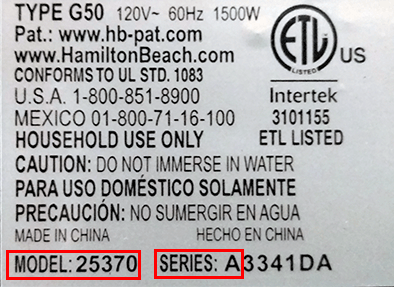Preparation Method
- Bring water and vinegar to a delicate simmer.
- Crack egg into a small bowl and gently place in simmering water. Repeat with remaining eggs. Allow to poach for 3 to 4 minutes.
- Use a slotted spoon to carefully remove eggs. Sprinkle with salt and pepper.




